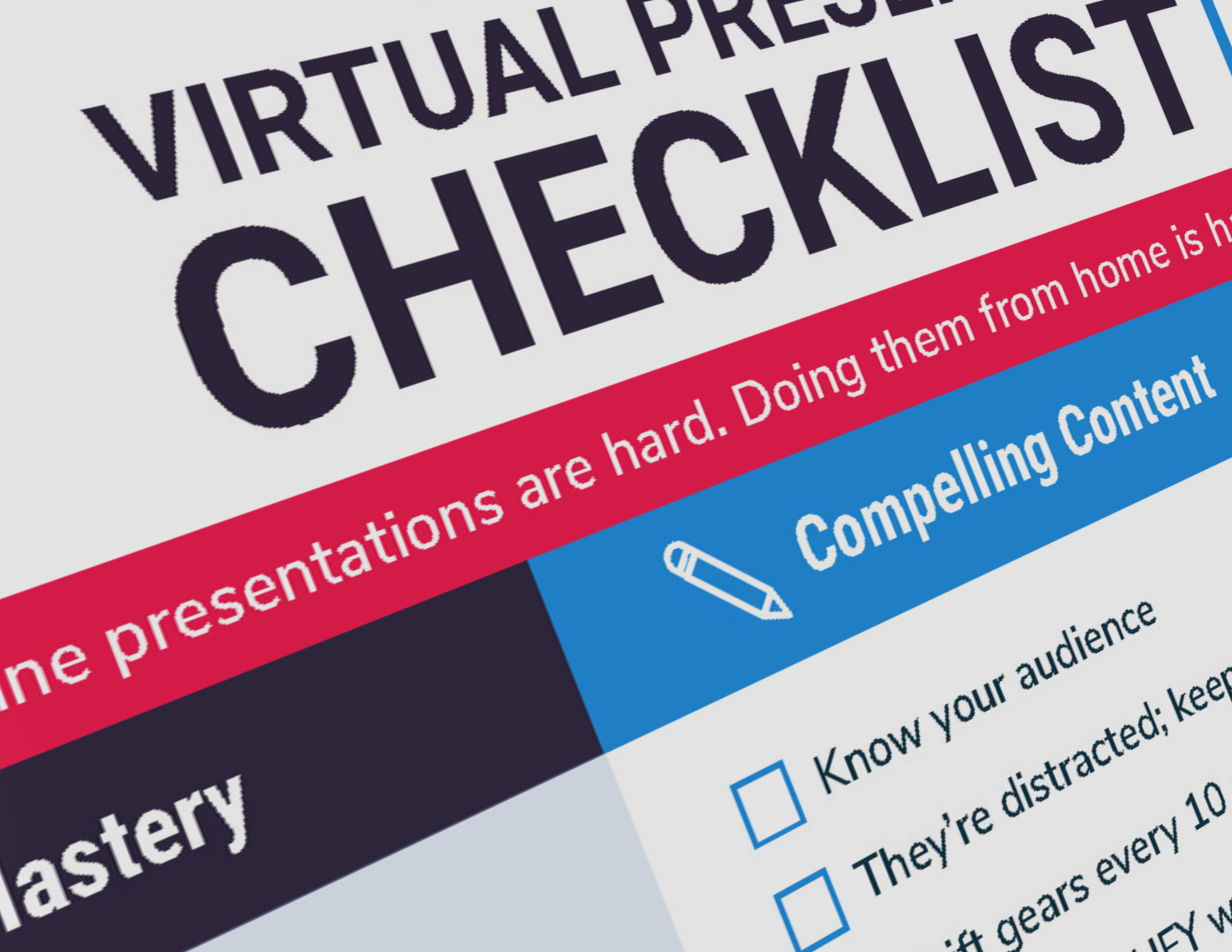 I learned some valuable lessons about doctor-patient communication last week—and all I had to do was spend the night in the hospital.
I learned some valuable lessons about doctor-patient communication last week—and all I had to do was spend the night in the hospital.
This is a tale of two healthcare professionals: one offered assurance, and the other almost gave me a heart attack. (Which would have been ironic, since I was in the hospital for a possible heart problem.)
I won’t keep you in suspense: it turns out I did not have a heart attack and I am just fine. But for a couple of days there, things were pretty scary.
It Starts with Chest Pains
It’s Monday morning and I’m working away at my computer when I notice a sharp pain in the center of my chest whenever I breathe in. It’s more of a nuisance than anything else, but when it doesn’t go away for a few hours, I decide, after some online research and out of an abundance of caution, to visit the emergency room.
Here’s a pro-tip: for quick service at the ER, complain of chest pains. They’ll hook you up to an EKG before they even check your insurance. That’s what happens with me. EKG, then back to the waiting room. To wait.
A Nurse With Answers
Just as I settle in with my iPad, a nurse comes out and makes an announcement to the room.
He tells a story about the frustration he feels when he takes his car to the mechanic and just sits and sits for hours with no word about what’s going on. So he’s there to fill us in.
He says that Mondays are the busiest time at the ER, but they staff up for that. He tells us how many doctors and nurses are on duty, how many treatment rooms they have, and how many patients are in the queue. And he calculates the average wait time as one or two hours at most.
What useful information! And how rare! Through story, analogy, empathy, and facts, I’m already feeling better just knowing what’s going on.
Then he says that if you get a big test like an EKG and they spot something wrong you’ll be admitted much sooner.
And not two minutes later, they call my name. Gulp!
A Tense Afternoon
As they lead me upstairs, past rooms marked “trauma center,” I start getting nervous. But my wife emails me an article that says standard procedure in these situations is an EKG, chest x-ray and blood tests.
And that’s how it plays out (with the addition of a CAT scan). The point is to rule out the two worst culprits: heart attack and pulmonary embolism.
In the midst of all this, my symptoms get worse. Maybe it’s the tension, but the pain shoots up from a manageable 3 on a 10-point scale to 9 or 10.
It’s so bad that I can’t take deep breaths, and I’m really getting worried. So they give me a pill to put under my tongue. As I immediately suspect, it’s nitroglycerin. You know, the stuff people take when they’re having a heart attack.
So now I’m really worried. On top of that, the nitro has no effect. So they inject a pain reliever. “What is that?” I ask. Oh, just morphine. Morphine! Now I am really, really, really concerned.
Even moreso when the morphine doesn’t seem to work. So they give me baby aspirin. Really? That’s what we resort to when nitro and morphine don’t do the job?
As it turns out, the aspirin works. The pain subsides, I can breath regularly again and I’m feeling much better about things.
The Good News (For Now)
After a while we get the word that I had neither a heart attack nor an embolism. The doctor explains that I’m pretty much out of the woods for anything really major, but they still want to keep me overnight for observation.
She says they’ll give me a stress test in the morning to check for one last thing and probably send me home afterwards.
The Waiting
Morning comes and they take more blood. The stress test is scheduled for 7:30 and the doctor is supposed to come see me first.
The appointment time passes with no stress test and no doctor. I keep asking what’s up and the nurses keep responding, “The doctor hasn’t come by yet?”
Then they tell me there will be no stress test. Instead they’re going to take a sonogram of my heart. What does that mean? The nurse can’t tell me, and says the doctor will come by and explain.
The doctor does not come by.
So I’m in a pretty bad mood, and getting worried again. They do the sonogram and wheel me back to my room to wait. And wait.
And wait.
It’s probably more like minutes than hours, but finally the doctor comes to see me.
The Cheshire Doctor
She has a slight smile, which is good in these situations, and tells me she’s figured out what the problem is: pericarditis, a relatively minor ailment involving inflammation of the pericardial tissue that surrounds the heart.
It’s acute and easily treatable with ibuprofin and other anti-inflammatories. Otherwise healthy people get it from routine viruses like the flu or, in many cases, like mine, for no reason they can discern.
Here’s the kicker: the doctor says she suspected it was pericarditis the night before. Her tipoffs were the fact that I responded to aspirin and that the pain came from breathing.
Subsequent tests confirm her suspicion.
So I’m tremendously relieved but also kind of peeved. This would have been fantastic information to have the night before! Or even that morning.
I guess she didn’t want to let me in on her educated guess, just in case she was wrong. But I could have really used that reassurance. Especially after they changed up the game plan that morning.
The Value of Doctor-Patient Communication
I’m not in the medical field. (Damnit, Jim, I’m a communicator, not a doctor!)
But I believe, of course, in the power of communication. The kind of communication the nurse showed the day before. The kind of open communication I needed sooner rather than later.
Studies have shown that the biggest factor in whether a physician is sued for malpractice is not the severity of the harm caused or the level of negligence, but the doctor’s ability to communicate openly with the patient.
Not that this has anything to do with malpractice (on the contrary, I felt I got excellent care overall), but it’s the principle at stake. When you’re laying there hooked up to machines, worried and in the dark, a little information can provide much-needed reassurance and peace of mind.
The good news is, by the time I was released I was already feeling much better. I’m fit and healthy, there’s no damage or injury, and after a couple of weeks of ibuprofen and some rest, I’ll be as good as new.
Photo Credit: Trishton Walker via Compfight cc




